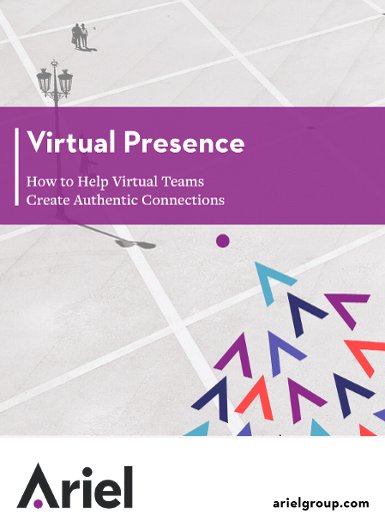6 Ways to Show Clients You’re Listening

When our facilitator Laura Daley teaches listening skills, she asks participants to name the four best listeners they know. Rarely can they name more than two. Pretty scary, isn’t it?
In reality, many people are better listeners than they appear to be—it just isn’t always natural for our faces and bodies to reflect our level of concentration. Here are some best practices to show clients that you’re present and listening:
Paraphrase.
Playing back your understanding of what the client said clearly demonstrates that you are following the conversation. You can utilize this at various points in the sales process, from the initial phone call all the way through the close.
Ask related follow-up questions.
Asking a follow-up question related to the information the client just gave you shows that you’re listening, processing, and want to learn more:
“I can definitely see how your current provider’s supply chain issues are getting frustrating and delaying your schedule. What would your ideal delivery timeline look like?”
“Double click.”
Repeating a word or phrase the client just said in an interested, questioning tone is a great way to show you’re listening while encouraging them to expand on a concept:
Client: The package you proposed feels spotty, especially under the terms of the dental plan…
You: Spotty?
Client: Well, the coverage for out-of-state employees feels less comprehensive than we expected…
Avoid interruptions.
The need to interrupt often comes from a good place. Maybe something the client says sparks an amazing idea in your head. The natural instinct would be to offer up the idea immediately. But in doing so you prevent the client from finishing their thought and communicate to them that you are not fully listening. Try writing down any sudden ideas that come to you while the client finishes talking. You’ll have time to bring them up later.
Control your nonverbal cues.
Though we all recognize body language that signifies listening (maintaining eye contact, leaning forward, nodding the head, etc.), many of us inadvertently give off non-verbal cues that convey the opposite. Poor eye contact, fidgeting, crossing your arms, or looking at your watch may all be perceived by the client as a lack of interest. Simply being aware of your body language will keep you from sending mixed messages.
Take notes.
There’s no overstating the importance of taking notes. Not only does it show the client you’re listening, it ensures that you stay focused. Don’t forget that when you don’t take notes, it is often perceived as a lack of interest.
These techniques have proven successful with our team. What are yours? Share your thoughts in a comment below.
This blog was originally published here and was updated July 27, 2018 for accuracy.
